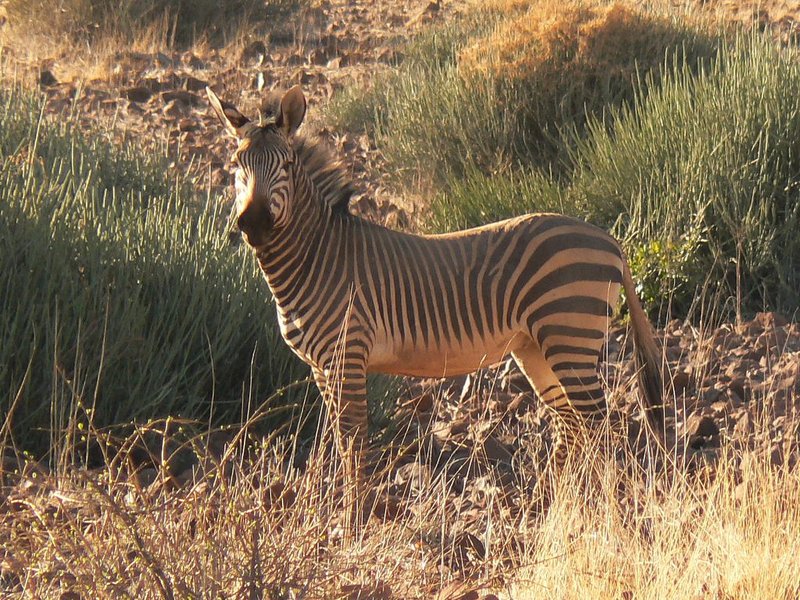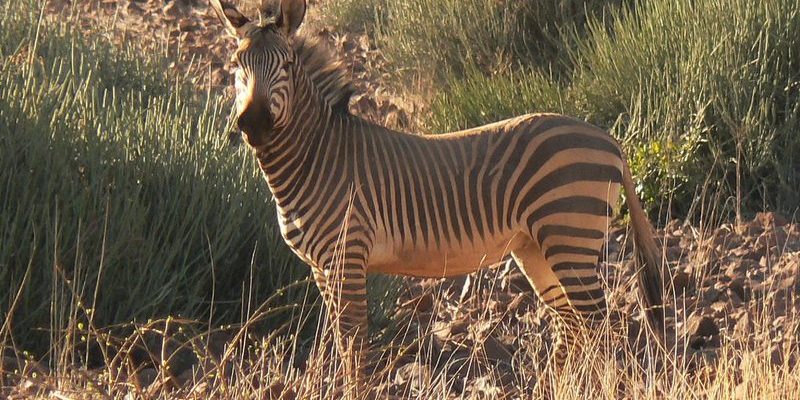
Imagine stepping into a wild world where every creature has a part to play. The mountain zebra isn’t just a beautiful animal to observe; its behavior and presence influence the entire ecosystem. From the way it interacts with vegetation to how it supports other wildlife, the mountain zebra is much more than a pretty face. Let me explain how this fascinating animal contributes to the environment in which it lives.
What Are Mountain Zebras?
Mountain zebras are a distinct species, different from their more common counterparts, the plains zebras. They inhabit the mountainous regions of southern Africa, primarily in Namibia and South Africa. These zebras have a unique look—they’re smaller and have a different stripe pattern compared to plains zebras. Their stripes are narrower and extend to their bellies, making them truly one of a kind.
You might wonder why they are called “mountain” zebras. Well, they are perfectly adapted to rocky terrains and can navigate steep slopes with ease. This ability not only helps them escape predators but also allows them to access a variety of food sources that other animals may not reach. By grazing on tough grasses and shrubs, they help control vegetation in their habitat.
The Grazing Game: Impact on Vegetation
Here’s the thing: grazing animals like the mountain zebra are essential for the health of grasslands and other ecosystems. When they munch on grasses, they promote new growth. This is because their grazing can prevent certain plants from becoming too dominant. By doing this, they create a more balanced environment where multiple species can thrive.
Additionally, mountain zebras help to aerate the soil with their hooves. This natural tilling process allows water and nutrients to penetrate deeper into the ground, benefiting other plants in the area. It’s like nature’s own gardening method—without the need for shovels or spades!
Moreover, their grazing habits support a diverse range of flora. When certain plants are grazed, it opens up space for others to grow. This creates a more varied habitat for insects, birds, and other animals that rely on different types of plants for food and shelter.
Watering Holes: A Social Scene
Have you ever noticed how animals congregate around water sources? Mountain zebras are no different. They often gather at watering holes, creating a social scene that benefits many species. These areas are crucial for survival, especially in dry seasons when water is scarce.
When zebras visit these watering spots, they not only quench their thirst but also create a hub of activity. Other animals, like antelope and birds, might take advantage of the zebras’ presence. They feel safer drinking water when zebra are around, as zebras can alert them to danger. This symbiotic relationship highlights how mountain zebras enhance the ecosystem beyond their own needs.
Furthermore, the act of drinking from these water sources can help maintain the quality of the water itself. As zebras wade in and out, they can help to keep the area clear of debris and algae, which can otherwise degrade water quality.
Supporting Biodiversity
Biodiversity is a big word that simply means the variety of life in a particular habitat. Mountain zebras help maintain this diversity in their ecosystem. By interacting with different species, they create a web of relationships that supports countless forms of life.
For instance, when mountain zebras graze, they may inadvertently provide food for other animals. Small mammals or insects can feed on the leftover grass they leave behind. This helps to sustain various creatures that rely on those plants for survival.
Additionally, the mountain zebra’s presence can influence predator-prey dynamics. Predators like lions or hyenas may follow zebras, which helps keep these predators in balance with their prey. This balance is essential for a healthy ecosystem, where no single species overwhelms others.
Conservation Challenges
Despite their important role, mountain zebras face several threats. Habitat loss due to human activities, like agriculture and urban development, puts pressure on their populations. As their territory shrinks, the balance within the ecosystem can also be compromised.
Conservation efforts are in place to protect mountain zebras and their habitats. Protected areas and national parks provide safe spaces for these zebras to live and thrive. Education and awareness programs also play a role, helping communities understand the importance of preserving these unique animals.
Here’s a thought: by saving mountain zebras, we are not just saving a beautiful species; we are also protecting the intricate web of life in which they play a critical role.
So, the next time you hear about mountain zebras, remember their vital role in the ecosystem. They’re not just another animal on the savannah; they’re a key part of a much larger picture. From promoting healthy vegetation to supporting biodiversity, mountain zebras contribute in ways that may surprise you.
Let’s cherish and protect these remarkable creatures—not just for their beauty, but for the critical role they play in keeping their ecosystems healthy and balanced. After all, every species, no matter how small or seemingly insignificant, has a part to play in the grand tapestry of life.

